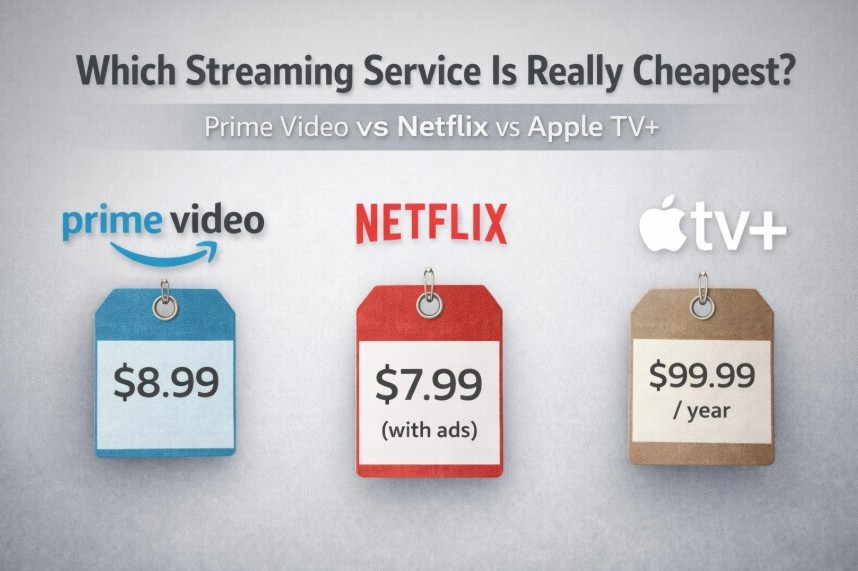Top 20 Best & Popular Music Games For Little Kids
 5 Things to Teach Kids to Not to Become A Fool 5 Things to Teach Kids to Not to Become A Fool |
 Top 7 Richest Kids in the World in 2023 Top 7 Richest Kids in the World in 2023 |
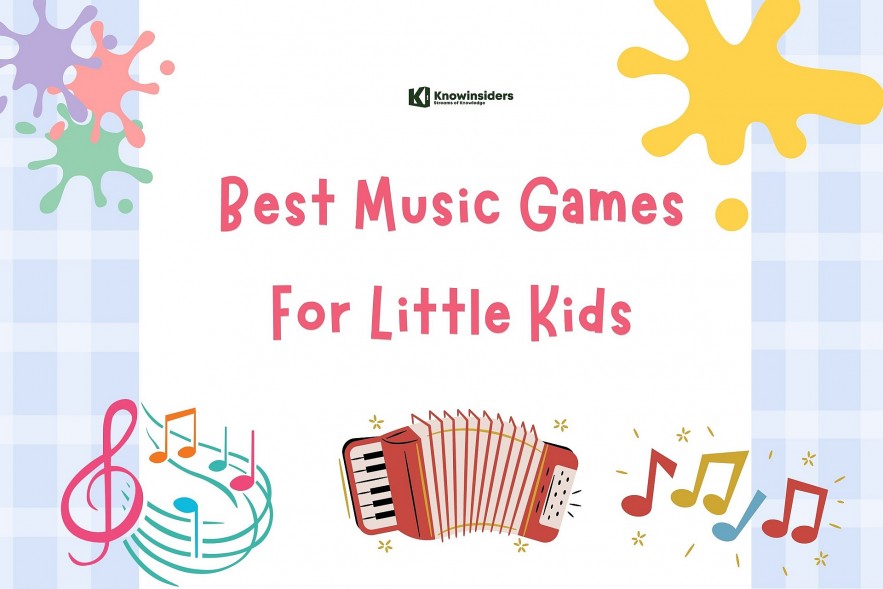 |
| Top 20 Best Music Games For Little Kids. Photo: KnowInsiders.com |
| Contents |
What are the educational advantages of music games for young children?
One possible benefit is enhanced linguistic and numeric comprehension.
A recent study found that kids who take part in musical activities are more likely to be at an early reading and writing level. A heightened sensitivity to speech sounds (phonological awareness) has been linked to musical engagement (essential to language).
That "language and music appear to share processing mechanisms" is a strong statement.
Since both music and mathematics are intertwined, it makes sense that each would expand upon the other. Rhythm is an important part of music and can help kids make connections between music and the mathematical concept of patterns.
An effective way to introduce this concept is through the use of a nursery rhyme, the chorus of which serves as the repetition. Thinking about the repetition of certain lines in "Mary Had a Little Lamb" is instructive.
Read More: 20 Funniest Learning Games For Kindergarten Kids and How to Play
Top 20 Best and Popular Music Games For Little Kids
(Ranked by Knowinsiders.com in 2023)
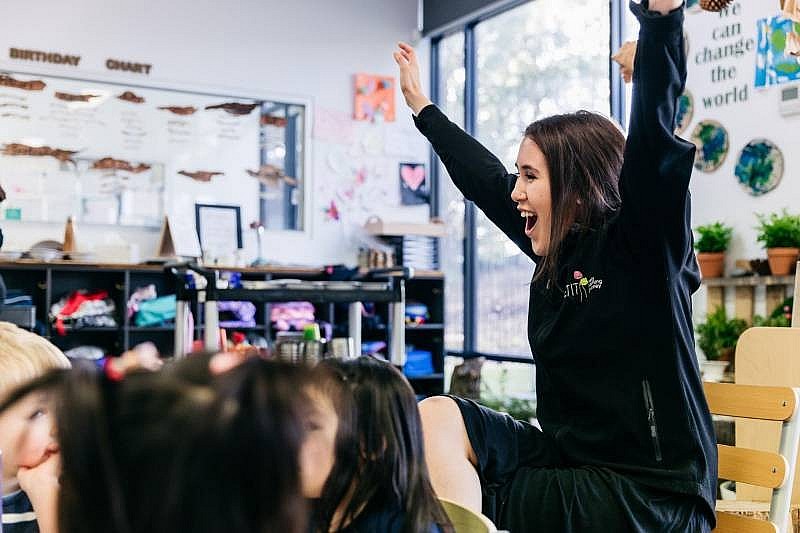 |
| Photo petitjourney |
1. Musical Chairs
How to play musical chairs:
Arrange the chairs around the room (one for each player).
Use a CD player or your cell phone to listen to music.
Everyone in the room is dancing around the room while the music is playing.
While everyone is dancing, remove one chair.
Everyone must run and sit on one of the chairs whenever the music is stopped.
Whoever didn't get to a chair in time is "out".
Repeat, removing a chair each time until there are two people left and the one who sits on the remaining chair first is the winner.
READ MORE: 7 Best Educational Games for 7 Year-Old Kids
2. Pass the parcel
Wrap any object (or small gift for a birthday party) in multiple layers of newspaper or wrapping paper. Make it simple to remove the layers.
Use a CD player or mobile phone to listen to music.
The parcel is passed clockwise (teach your child this term while you're at it!)
When the music stops, the person in charge of the package can remove one layer of wrapping.
When the music resumes, the parcel is passed around again until the music stops and another layer is removed.
The person who removes the final layer to reveal the parcel is the winner.
Change direction for each new round (clockwise to anti-clockwise).
Make sure the parcel is received with both hands and passed to the next person
READ MORE: Top 30 Most Popular Fables and Lesson You Should Read For Kids
3. Match the Sounds
 |
| Photo petitjourney |
You will need a variety of basic instruments for this activity (or even handmade or improvised instruments).
The goal is to listen to the music and find appropriate instruments that match or pair well with it.
Here are some examples:
For small, high sounds, strike a triangle (or two pieces of cutlery together).
For a slow, deep voice, bang on drums or a box.
Using cymbals (or pot lids) to create a loud, high voice
Shaking bells or a tambourine for fast music
There are no rules here. Demonstrate a song first by making suggestions about what items could match the sounds and ask for your children’s input. Then play songs and let them freely play their choices to the music.
4. Freeze Dance
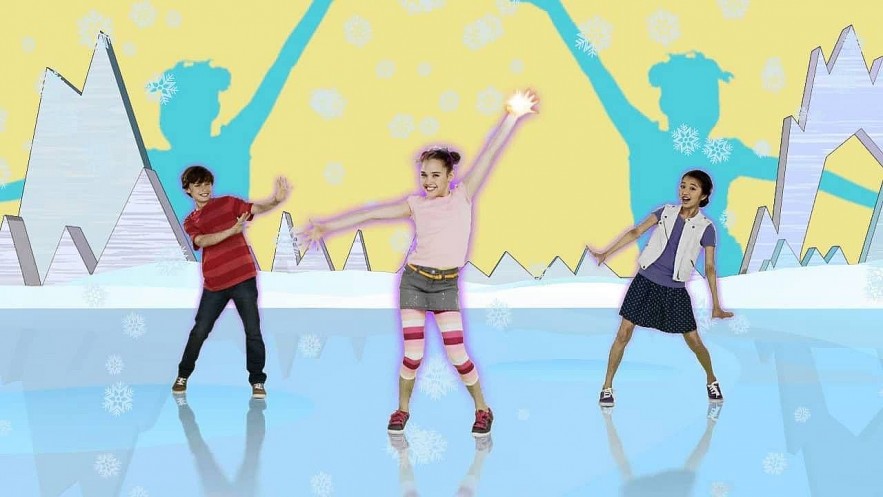 |
The teacher will choose a group of children then ask them to dance to the music, create their own unique dances, and when the music stops, they must also stop and stay in the same position as they are dancing, until the music starts to dance again.
And so, the game continues, if the music stops and any child is still dancing, he/she is considered a loser.
5. Music Fast and Slow
Bring out a variety of songs in various tempos. Encourage your child to dance accordingly, speeding up if the music is fast and slowing down when the beat slows.
Participate in the fun, setting a good example for your child to follow. For example, while a ballad is playing, slowly slide on your belly or do jumping jacks. See who can make the most interesting move.
6. Hot Potato
Everyone sits in a circle and passes a beanbag-like object from person to person. Pass it quickly as the music plays, as if it were a hot potato. When the music stops, the person holding the object moves to the circle's edge. Make these children dance so that they do not feel left out.
7. Listen and Draw
This is a firm favorite with the kids at Fennies! Listen and Draw is a well-being activity developed by our education team that not only introduces new music but also encourages self-regulation in young children. You can play this music game at home by following the steps below:
Give your child some paper as well as a variety of colored pens and pencils.
Play some calming music (have lots of genres available including classical, rock, upbeat and slow)
Play the music and ask your child to draw how it makes them feel.
Stop the music and ask the child how the music made them feel, what colors they chose, and what patterns or pictures they drew.
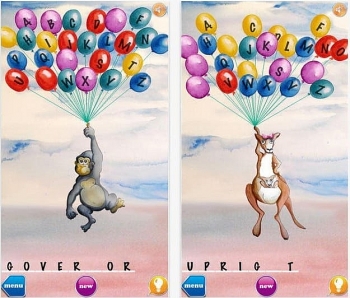 10 Effective Educational Games for Kids 10 Effective Educational Games for Kids |
8. Feeling game
This expressive music game for kids allows your child to express their emotions. Gather a variety of musical instruments from around the house. Don't forget the necessities, such as a pot or pan and a homemade shaker.
Request that your child only play one instrument at a time. Can they use them to create various types of feeling music? Request that they use the instrument to express:
Grumpy Happy Sleepy Sad Mad Joyful Bored
9. Animal Dance
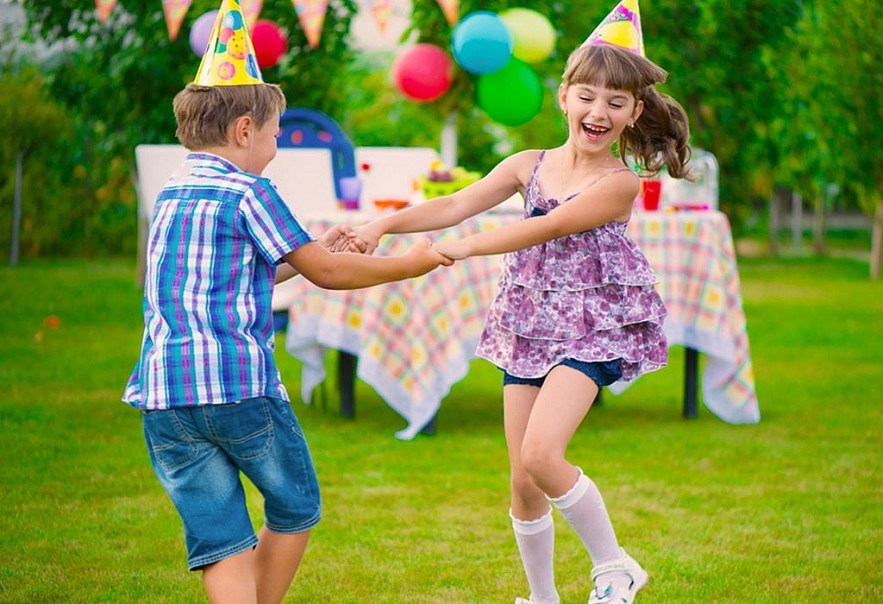 |
| Photo firstcryparenting |
What You Will Need
Square cutouts with a picture of an animal in each one
Music player
How to Play
Let each child pick a card at random. This activity can be carried out all at once or individually.
When the music is played, the child dances imitating the animal on the card.
Repeat the steps for every card you have.
Discuss their movements and how they danced. Down on all fours? Loud? Fast or slow? All these choices show how children’s brains work.
10. Exploring musical moods
What you need:
A music player
A playlist with songs from a variety of artists, genres, and time periods
Plenty of space
How to do it: Take some time to develop a varied playlist filled with music that conveys different moods. Consider classical music from a variety of composers and modern music from different decades. Explain to the children that they way they feel can often be expressed in music, and answer any questions they may have. Then play them different songs and ask them how the music makes them feel and what moods they think go with each song. Take this exercise a step further by having the children express the emotions they’re feeling through dance and movement
11. Rhythm sticks
The toddler rhythm and music game: Rhythm sticks are simple to learn and play, making them an excellent first instrument for toddlers. As you add rhythm sticks to their favorite songs and nursery rhymes, you can teach them rhythm, beat-matching, and spatial awareness.
What you will require:
Rhythm instruments (two each for every child)
Play along songs and nursery rhymes
How to do it: Begin by demonstrating how to use the sticks, and make sure to establish some ground rules before handing them out. Because the sticks must never hit another child, you can use this as an opportunity to teach the kids about giving each other enough space. When the music begins, instruct them to pick up their sticks and clap.
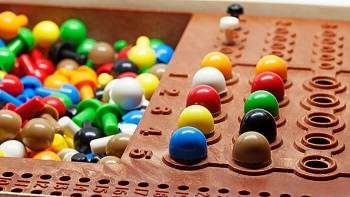 7 Best Educational Games for 7 Year-Old Kids 7 Best Educational Games for 7 Year-Old Kids |
12. Yes / No Game
You will need:
Space to play
How to play:
The game will begin with the parent or teacher saying a few musical or rhythmic phrases that the children must repeat.
Then substitute 'Yes' or 'No' for the notes. The children must say the inverse of what you say in the same rhythmic manner.
For example, if you sing, "No, no, no, yes, no, yes, no, no", then the kids will have to sing "yes, yes, yes, no, yes, no, yes, yes".
13. Spin The Microphone
Spin the microphone, like spin the bottle, is a versatile game that you can customize to your liking, such as making it a truth or dare game, a quiz game, or a karaoke event.
You will need:
List of activities or dares you to want the kids to do
A working microphone, preferably wireless
How to play:
Children should sit in a circle with a microphone in the center.
Allow one child to spin the microphone.
When it stops spinning, whoever the mic is pointing at must complete the activity or dare.
14. What’s That Sound?
You will need:
Different instrumental music
Music player
How to play:
First, experiment with different instrument sounds.
Then, play a simple song with distinct instrument sounds and ask the kids to identify the instruments.
15. Tissue Dance
You will need:
Space to dance
Music player
A box of tissues
How to play:
Provide each child with a tissue and instruct them to place it on their head.
They should begin dancing and moving on the dance floor as soon as the music starts, without letting the tissue fall.
If the child's head tissue falls off and he or she catches it before it hits the ground, they can put it back on and continue dancing.
However, if the tissue falls to the ground, the child is out.
The winner is the last person to stand dancing with the tissue.
16. Homemade drums
What you need:
– Different empty containers, like coffee containers or cardboard boxes
– Construction paper
– Tape
– Pencils
How to play:
Cut pieces of construction paper to fit the openings on the various containers.
Seal the various containers with tape.
To make drumsticks, crumble a piece of construction paper and use tape to create a ball on the tip of the pencils.
Use paint or stickers to decorate the drums.
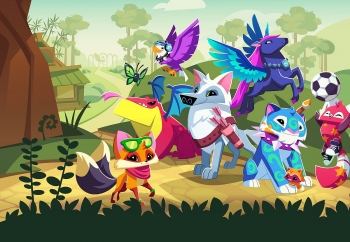 5 Best Educational Games for Kids 5 Best Educational Games for Kids Here are some games which help parents teach children more easily as well as support children to gain more interesting knowledge. |
17. Clapping game
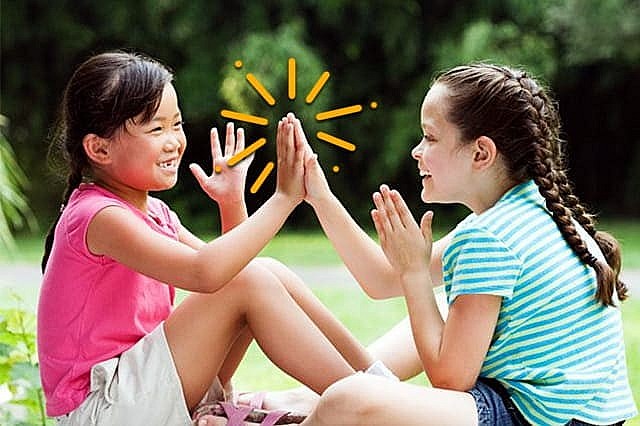 |
What you need:
– Some songs and something to play music
– Paper and markers
How to play:
Introduce the idea of whole and half notes.
Make the game more difficult for older children by discussing quarter and eighth notes.
Show how to clap along to the beat in various time signatures.
Introduce a simple 4/4 time signature and have the children clap along.
Play a song and have the kids clap out the time signature.
Make a time signature and have the kids clap.
Clap a time signature and have the children draw what they hear.
18. Musical Balloons
 |
| Photo childfun |
What you need:
– Some music
– Some balloons
How to play:
Play a song.
Ask the children to grab a balloon and keep bouncing it in the air.
When the music stops, the children have to freeze.
The aim of the game is to hold a balloon when the music freezes.
19. Hot and cold music playing game
This music-playing game is popular with people of all ages. It helps toddlers develop their listening and thinking skills, as well as their understanding of opposites. This variation, which is frequently played with the words hot, hotter, cold, colder, swaps music for words.
Hide something in the room. Request that your child locate it using music. Play very soft music when they are a long distance away from the object. The music gets louder as they get closer. When they're almost there, turn up the volume on the music.
You can listen to recorded music or play an instrument such as a drum. This music-playing game will also appeal to older children.
20. Bingo Dance-o
This is an excellent active game that preschoolers will enjoy! Consider musical chairs, but with a twist. Large sheets of paper should be numbered from 1 to however many children are participating in the game, and prizes should be numbered to correspond with the paper. Play some music and instruct the children to walk around the sheets of paper, stopping only when the music stops. The child who is standing on the number of the prize drawn wins! This is an excellent way to help children improve their ability to follow instructions.
Conclusion
Music enlivens life and has healing properties that benefit both the body and the mind. These musical activities for kids, ranging from making your own music to antakshari and karaoke, are a great way to get your child moving to the music and having fun.
What are you waiting for and why don't start playing with your kids?
 Top 10 Most Popular Game Mobiles Based On Turnover Top 10 Most Popular Game Mobiles Based On Turnover The Google Play Store and the App Store are always filled with games that are fun and addictive for anyone. In this article, Knowinsiders.com have ... |
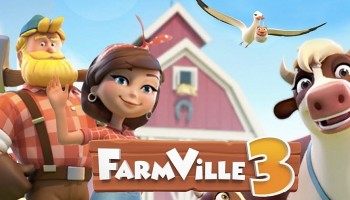 Top 3 Most Popular Online Games in Making Money Top 3 Most Popular Online Games in Making Money Nowadays, there are many online games that are not only entertainment but also can help you earn money. |
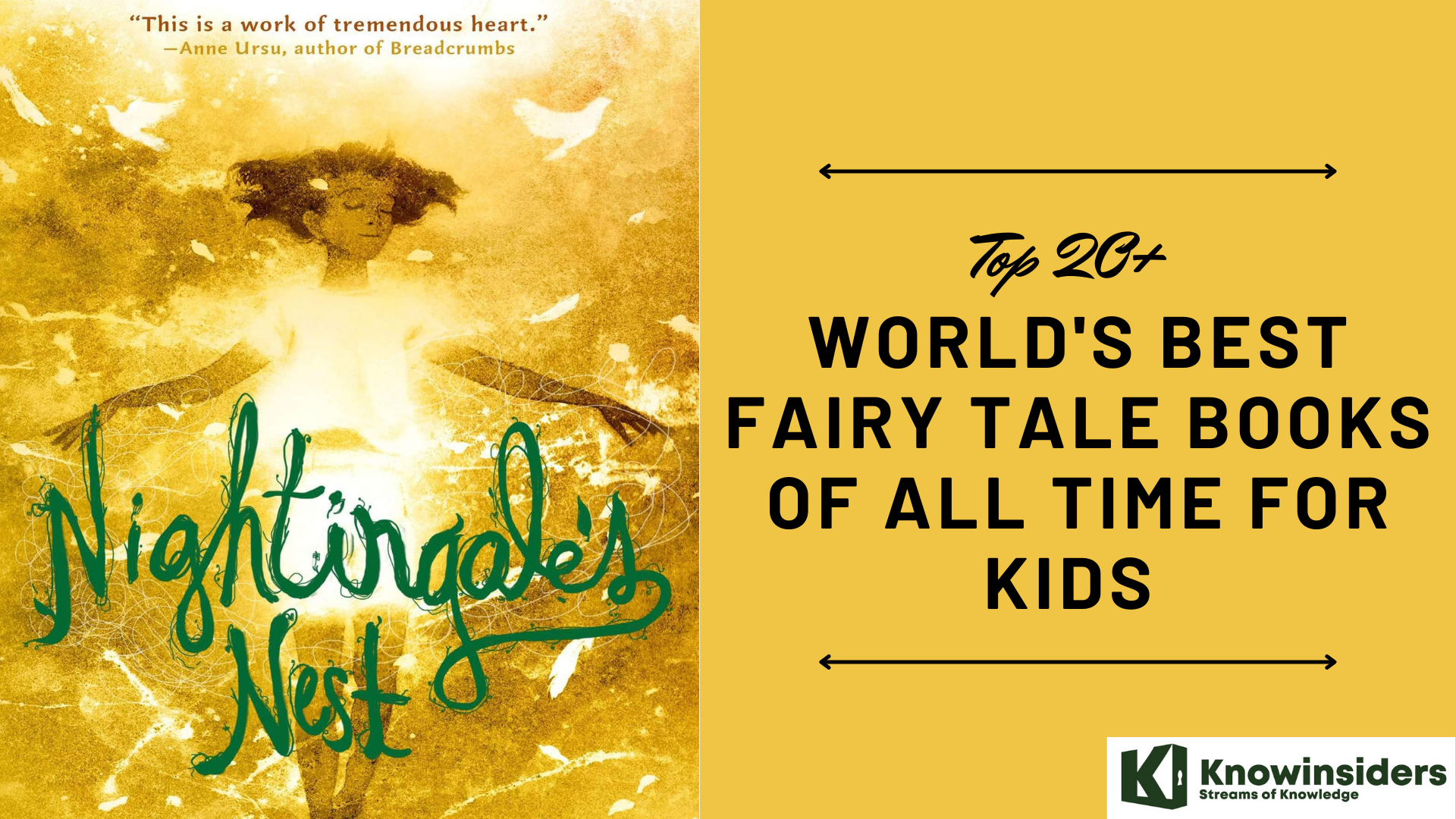 Top 20 Best Fairy Tale Books for Kids Of All Time Top 20 Best Fairy Tale Books for Kids Of All Time Children can learn important lessons from fairy tales in these engaging novels that are also brimming with enchantment and amazing moments. See the list of ... |






